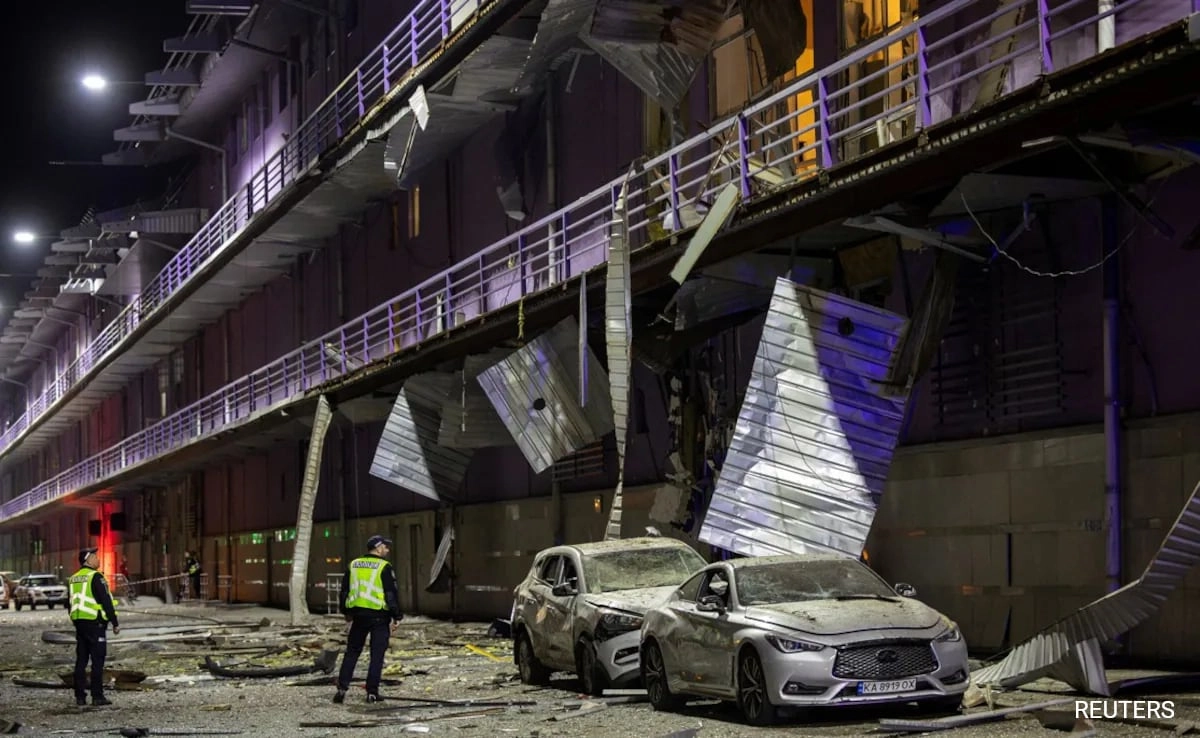In a dramatic escalation of hostilities, Kyiv experienced a severe drone attack that has been attributed to Russian forces. This offensive involved a significant number of drones, which targeted various sites across the Ukrainian capital. The assault resulted in several buildings being set ablaze, highlighting the ongoing threat that aerial warfare poses to urban areas in conflict zones. Eyewitness accounts describe a chaotic scene, with plumes of smoke rising from multiple locations, and emergency services scrambling to respond to the fires and assess the damage. This attack not only underscores the resilience of the conflict but also the strategic shifts in military tactics as both sides adapt to the evolving landscape of warfare.
The implications of this drone assault are far-reaching, as it represents a continued commitment by Russia to exert pressure on Ukraine’s infrastructure and civilian population. Such attacks instill fear among the residents of Kyiv, who have already endured considerable hardship since the onset of the conflict. The psychological impact of these drone strikes cannot be understated, as they serve to disrupt daily life and instill a sense of vulnerability in a city that has been a focal point of resistance against Russian aggression. Furthermore, the destruction of buildings adds to the already significant toll on Ukraine’s infrastructure, complicating recovery efforts and exacerbating the humanitarian crisis.
International responses to the attack have varied, with calls for increased support for Ukraine from Western allies. As the situation unfolds, it becomes crucial for the global community to assess the ramifications of such aggressive tactics and to consider the potential for further escalation. The use of drones in warfare has changed the nature of combat, making it easier for nations to conduct strikes from a distance without risking ground troops. This incident in Kyiv serves as a stark reminder of the persistent threat posed by drone technology in modern warfare and the urgent need for diplomatic solutions to prevent further loss of life and destruction.




